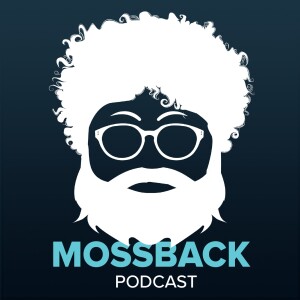
Friday Apr 05, 2024
The Deadliest Avalanches in North America
Back-to-back disasters in Washington and B.C. killed more than 150 people in 1910. Knute Berger digs into the traumatic circumstances and their fallout.
In the stormy winter of 1910, an avalanche struck two stalled trains in Wellington, a railroad outpost in Washington’s Central Cascades. Three days later, another one blanketed dozens of rail workers in the Canadian Selkirks.
Both events remain the deadliest avalanches in North American history – and both are connected to the rapid expansion and unrivaled power of the railroads in the early 20th century.
Cascade PBS’ resident historian Knute Berger unpacked these twin disasters in a recent episode of the Mossback’s Northwest video series, but there’s much more left to explore.
In this episode of Mossback, Berger joins co-host Stephen Hegg to discuss the details of what happened and the impact this trauma had on the region; the labor disputes and power imbalances circling the tragedy; and what accountability looked like at the time. Plus, they go behind the scenes of the Mossback’s Northwest video shoot to share what the train cars and snowplows of the era would have been like – and visit the Seattle cemetery where some Wellington victims are still buried.
For more on all things Mossback, visit CascadePBS.org. To reach Knute Berger directly, drop him a line at knute.berger@cascadepbs.org. And if you’d like an exclusive weekly newsletter from Knute, where he offers greater insight into his latest historical discoveries, become a Cascade PBS member today.
---
Credits
Hosts: Stephen Hegg, Knute Berger
Producer: Sara Bernard
Story editor: Sarah Menzies